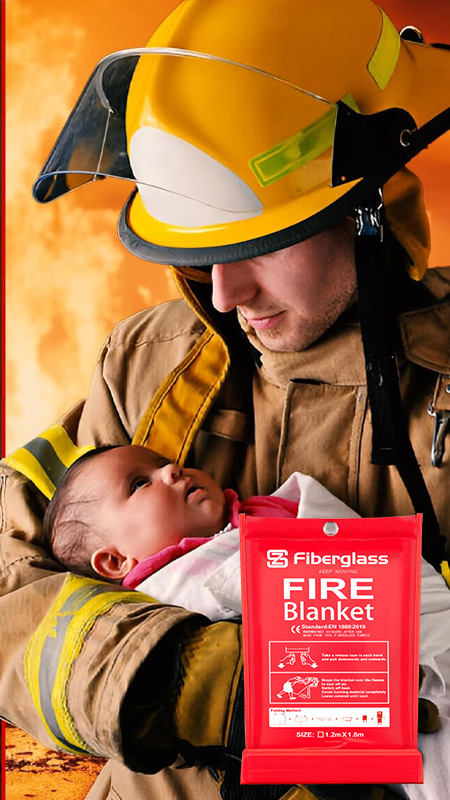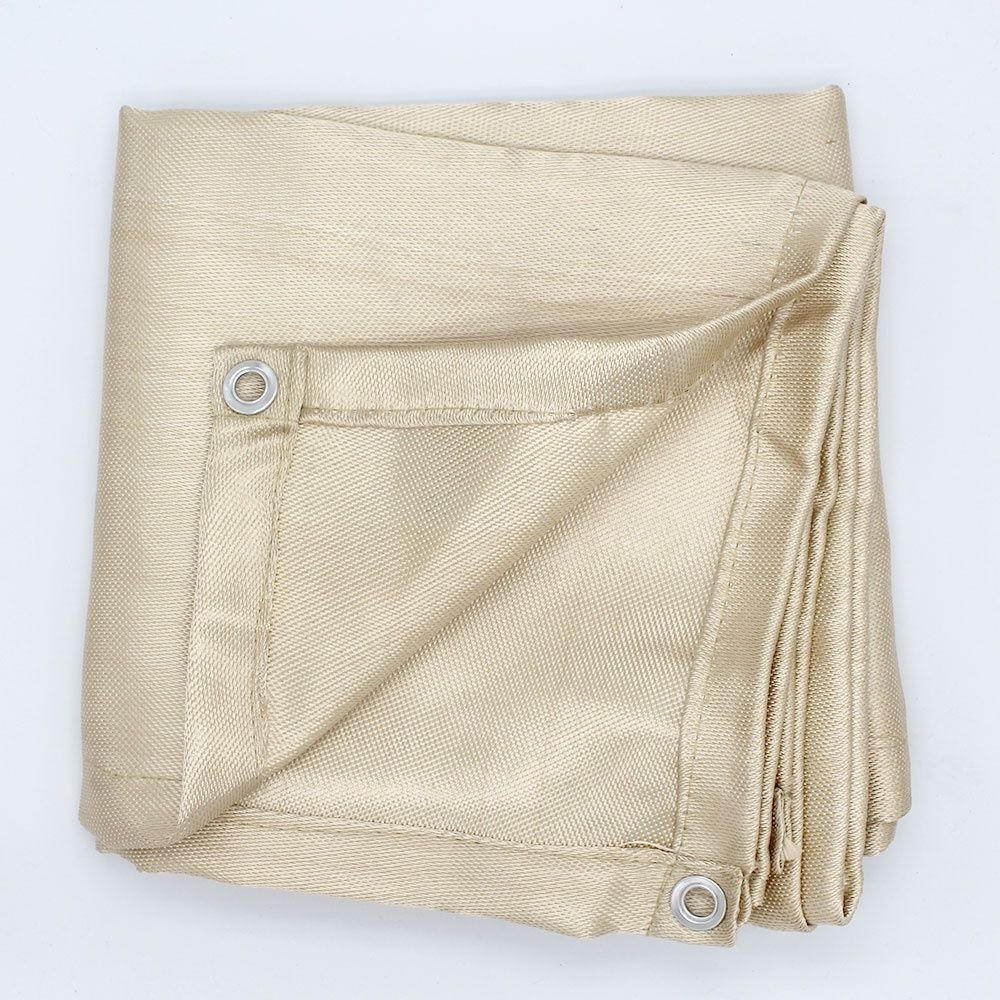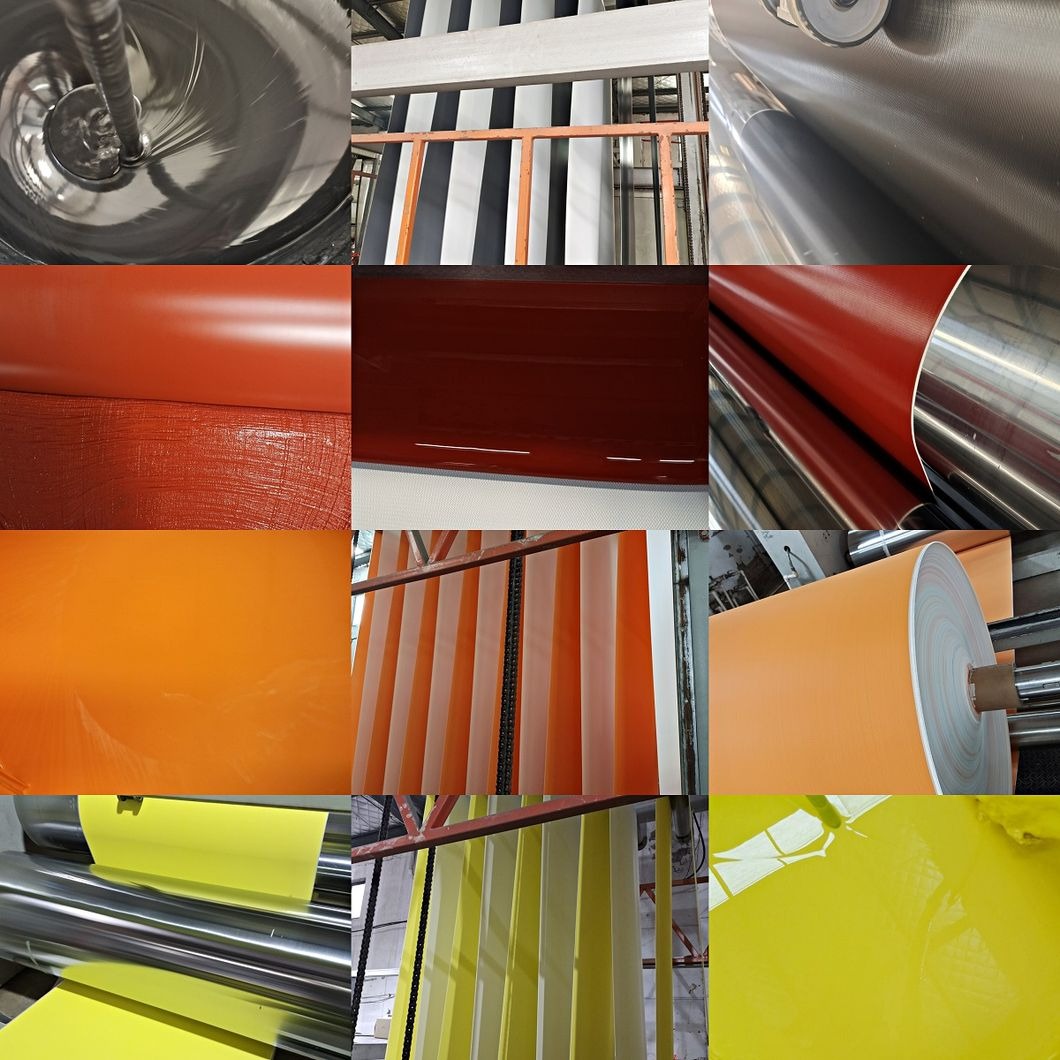Asbestos Fire Blankets Market: Industry Trends & Safety Considerations
Summary:The asbestos fire blanket market faces challenges due to health concerns, while demand persists in certain industries. This article examines market dynamics, safety risks, regulations, and alternative materials shaping this specialized sector.
Understanding Asbestos Fire Blankets
Asbestos fire blankets have been used for decades in industrial and commercial settings for their exceptional heat resistance. These specialized safety tools contain woven asbestos fibers that can withstand temperatures up to 1000°C (1832°F). You'll find them in laboratories, factories, and industrial kitchens where fire hazards exist.
The global asbestos fire blanket market remains active despite health concerns, particularly in developing nations with less stringent regulations. Market research indicates steady demand from sectors like metalworking, chemical processing, and oil refineries where extreme heat protection is crucial.
Market Dynamics and Key Drivers
Several factors influence the asbestos fire blanket market:
- Cost-effectiveness:Asbestos materials remain cheaper than many alternatives
- Performance:Superior heat resistance compared to some synthetic options
- Industrial demand:Continued use in high-temperature applications
- Regulatory landscape:Varying restrictions across countries
Market analysts report that Asia-Pacific currently leads in asbestos fire blanket consumption, followed by certain Middle Eastern and African markets. Europe and North America have largely transitioned to asbestos-free alternatives due to strict regulations.
Health and Safety Concerns
When you handle asbestos fire blankets, you risk exposure to microscopic fibers that can cause serious lung diseases. The primary health risks include:
- Asbestosis (lung tissue scarring)
- Lung cancer
- Mesothelioma (rare cancer affecting lung lining)
These conditions often develop decades after exposure. Proper handling procedures are essential if you must use asbestos-containing products:
- Always wear appropriate PPE (respirators, gloves)
- Never cut or tear asbestos blankets
- Dispose of damaged blankets as hazardous waste
- Follow all local regulations for asbestos handling
Regulatory Landscape
The legal status of asbestos fire blankets varies globally:
| Region | Regulatory Status |
|---|---|
| European Union | Banned since 2005 |
| United States | Heavily restricted (partial ban) |
| Canada | Banned since 2018 |
| Developing nations | Often permitted with warnings |
If you operate in multiple countries, you must understand these varying regulations to ensure compliance and worker safety.

Emerging Alternatives
As the asbestos fire blanket market evolves, safer alternatives are gaining traction:
- Fiberglass blankets:Non-carcinogenic with good heat resistance
- Ceramic fiber blankets:Withstand even higher temperatures
- Silica-based materials:Excellent thermal protection
- Aramid fiber blankets:Used in military and aerospace applications
While these alternatives often cost more initially, they eliminate health risks and may prove more economical long-term by avoiding regulatory fines and health liabilities.
Market Outlook
The asbestos fire blanket market faces contraction in regulated regions but maintains stability elsewhere. Industry experts predict:
- Gradual phase-out in most developed nations
- Continued use in specific high-temperature applications
- Growing adoption of alternatives as prices decrease
- Increased focus on proper disposal methods
For businesses still using asbestos fire blankets, now is the time to evaluate transition plans. The market shift toward safer materials is inevitable as global awareness grows.
Best Practices for Users
If your workplace currently uses asbestos fire blankets, implement these safety measures:
- Conduct regular employee training on asbestos risks
- Establish strict handling protocols
- Maintain detailed usage records
- Develop a transition plan to safer alternatives
- Partner with certified asbestos abatement specialists
Remember that worker safety should always outweigh short-term cost savings when dealing with hazardous materials like asbestos.
Conclusion
The asbestos fire blanket market reflects the broader challenges of transitioning from hazardous but effective materials to safer alternatives. While these products still serve niche applications, the long-term trend favors non-asbestos solutions. Stay informed about regulations in your region and prioritize worker protection when making purchasing decisions.






